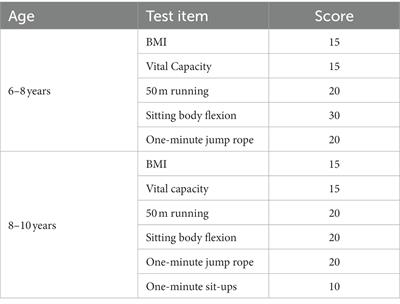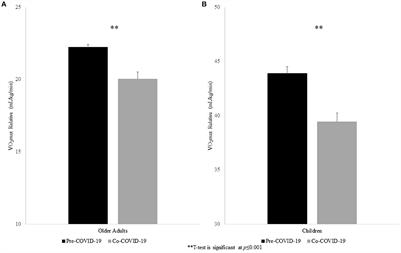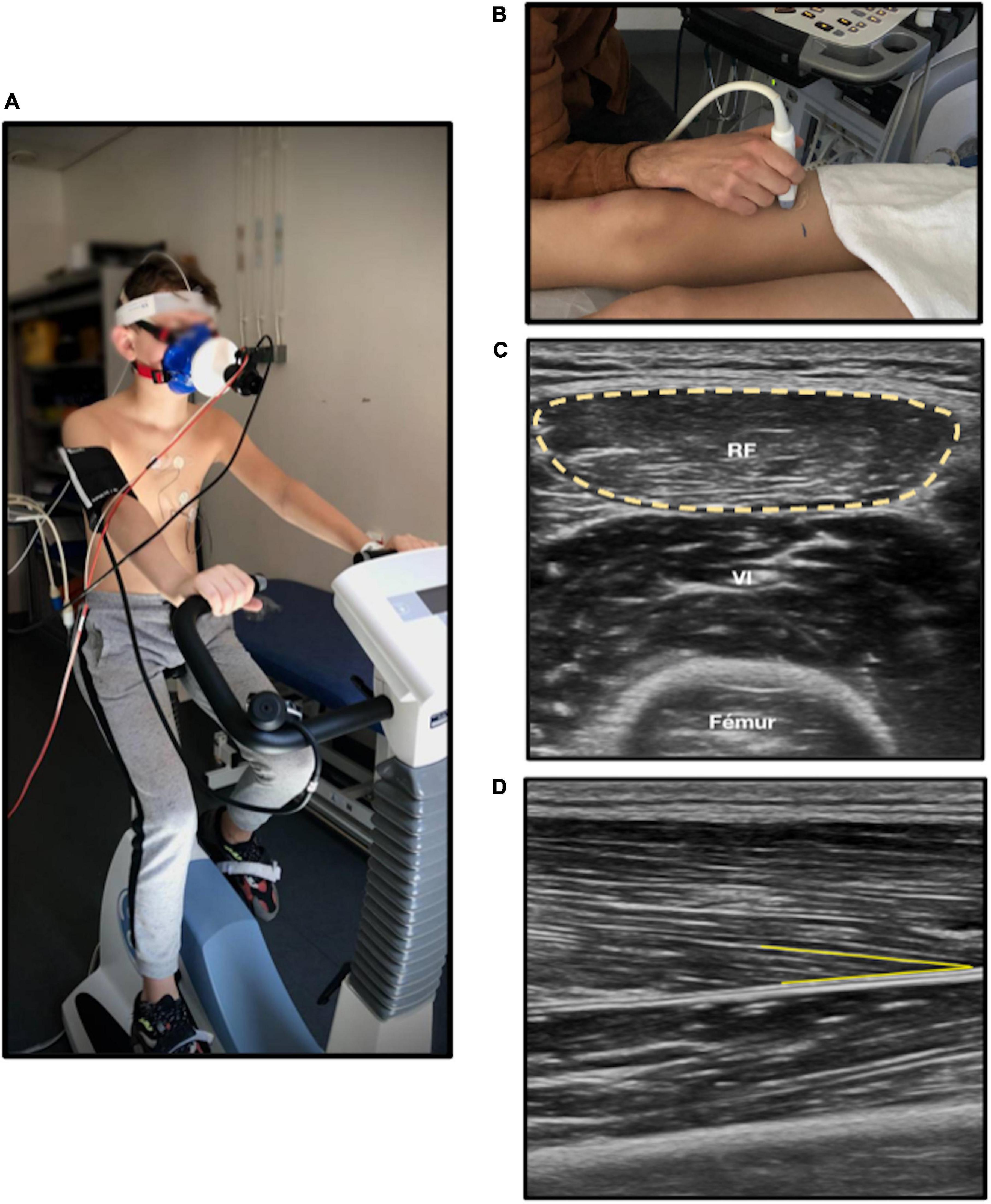EDITORIAL
Published on 08 Aug 2023
Editorial: Longitudinal development of aerobic fitness in children
doi 10.3389/fpubh.2023.1250256
- 699 views
- 1 citation
4,565
Total downloads
17k
Total views and downloads
Select the journal/section where you want your idea to be submitted:
EDITORIAL
Published on 08 Aug 2023
ORIGINAL RESEARCH
Published on 03 May 2023

ORIGINAL RESEARCH
Published on 17 Jan 2023

ORIGINAL RESEARCH
Published on 11 Jan 2023

ORIGINAL RESEARCH
Published on 27 Jun 2022

ORIGINAL RESEARCH
Published on 17 May 2022

ORIGINAL RESEARCH
Published on 28 May 2021


Frontiers in Pediatrics
Frontiers in Physiology
Frontiers in Sports and Active Living